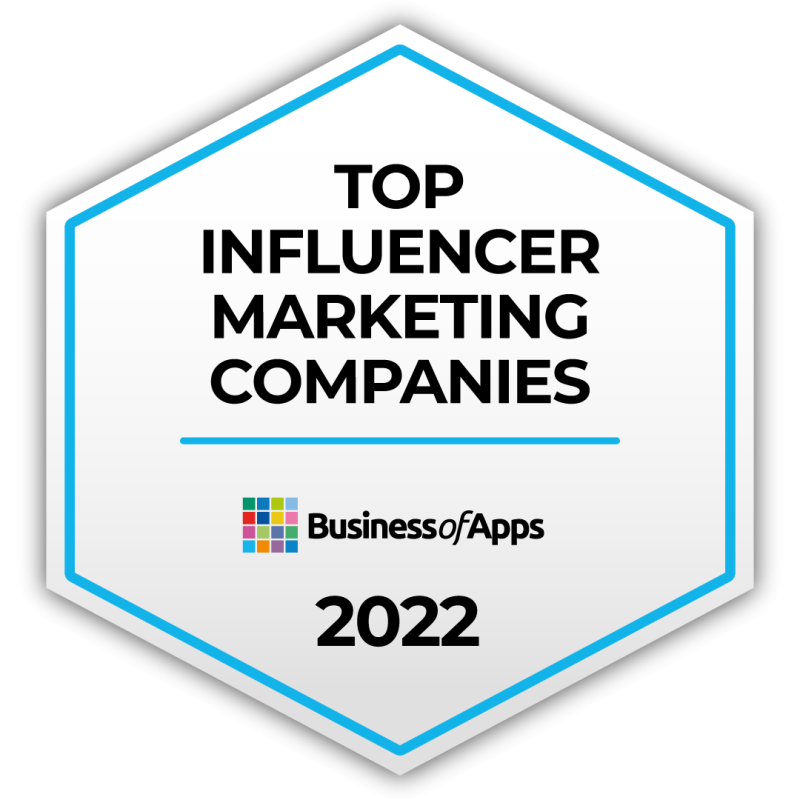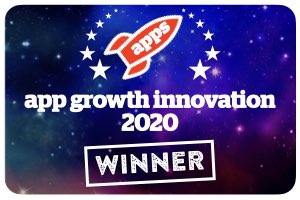CRO & A/B Testing for Mobile Apps

In the fast-paced, crowded world of mobile apps, standing out is no easy feat. Sure, amazing features and seamless functionality matter, but how you present your app – icons, screenshots, and descriptions – can make or break your success. Enter the superhero of mobile app marketing: A/B testing, also known as split testing. This guide dives into how A/B testing can seriously boost your App Store Optimization (ASO) efforts, elevate user engagement, improve your app’s conversion rate and help your app truly shine!
What is A/B Testing in ASO?
At its heart, A/B testing involves comparing two (or more) variations of an app’s listing component, to see which performs better. It’s about testing different visuals or copy and letting your users – not your gut – decide what works best. For instance, does a vibrant app icon attract more installs than a minimalist one? Are screenshots with testimonials more effective than ones with just visuals? Which do your users respond to better: real characters or illustrations? These are exactly the kinds of questions ASO A/B testing answers.
CRO and A/B Testing
The main goal behind A/B testing in mobile apps is CRO – Conversion rate optimization. In simple terms, we don’t only want to increase the traffic (visitors) in your app’s product page, we want to increase the right kind of traffic; that means driving users who are more likely to convert (AKA – install your app).
To understand your app’s conversion rate, use this formula:
Conversion Rate = (Number of Conversions / Total Visitors) × 100
Read more about what is CRO in digital marketing here.
The Benefits of A/B Testing – Why Does Split Testing Matter?
Here’s why you shouldn’t skip A/B testing as a core part of your ASO strategy:
- Improved Conversion Rates:
A tiny tweak here, a little adjustment there – voilà! You’ll know exactly what makes your users go “Wow!” (and what makes them go “Meh…”. You’re not just getting higher visibility, you get the more accurate type of visibility, with more viewers turning into users! - Data-Driven Decisions:
No more guesswork or crossing your fingers, just solid numbers and insights that say, “Hey, we’ve got your back!” - Competitive Edge:
Because why just join the race when you can sprint ahead? Even small tweaks can give you that extra pep in your step, and help you outrun the competition.
Understanding A/B Testing in Mobile Apps
A/B testing directly supports App Store Optimization by improving your app’s visibility, click-through rates, and engagement metrics.
Key Differences Between iOS and Android:
A/B testing in iOS is different from Google Play A/B testing in several ways.
App store connect A/B testing
iOS uses what’s called Product Page Optimization (PPO). You can test variations of your product page (like icons, screenshots, and preview videos), but you’re limited to three treatments (variations) plus your control.
The way you test an icon on iOS is rather different from the other elements. Read our complete guide on iOS icon testing.
In terms of data handling, Apple keeps its testing data a bit more under wraps – no direct access to granular user-level data, just overall performance metrics.
Google Play store A/B testing
Google Play offers Google Play Experiments for similar testing capabilities.
On Google Play, you can test up to five treatments, giving you a bit more wiggle room.
On Google Play, you can test a higher variety of elements – app’s icon, screenshots, feature graphic, video, and parts of the meta data (short and long description).
When it comes to data analysis, Google Play’s testing gives you a bit more flexibility and insight, with more granular data on how users are interacting with each experiment.
What is The Optimal A/B Test Duration for a Mobile App?
Ideally, you should run your tests for a minimum of 14 days on iOS, and a ~21-28 days in Google play, to ensure you gather statistically significant data.
What to A/B Test in Your App Store Listing
Not sure what to test first? Here are essential elements:
- App Icon: First impressions count! Test colors, styles, and graphics. Remember that In Google Play, the icon is the first visible creative element a user sees, so it holds very high importance.
- App Title & Subtitle: Experiment to highlight your unique selling points and understand what users respond to better.
- Short Description: You can test different CTAs and experiment with various USPs, to understand not only what makes users click more, but also – when will they actually convert more (and this is where CRO comes into action).
- Screenshots: The testing possibilities here are basically unlimited – Real characters vs. illustrations, different demographics, which features in the first screenshots result in higher CVR, different color palettes, and much, much more!
- App Preview Videos: Which dynamic previews will engage potential users better?
- Long Description: Refine based on insights from other tests and see what Above The Fold messaging works better.
- Localization: Remember, what works in one region might flop elsewhere. Always consider cultural nuances and preferences.
Measuring Success: Metrics and Analysis
When it comes to A/B testing for mobile apps – particularly as part of an App Store Optimization (ASO) strategy – understanding what to measure and how to interpret the results is crucial. Here’s a deeper dive into the most important metrics:
- Click-through Rate (CTR) – CTR measures the percentage of users who view your app’s listing in the store and then tap to open it. In the context of ASO, it’s a vital indicator of how compelling your app’s visuals and messaging are.
- Conversion Rate – This is the percentage of visitors to your app’s product page who actually install the app. Conversion Rate Optimization (CRO) focuses directly on this metric: A/B testing different elements of your product page helps refine your messaging, visuals, and overall appeal to maximize installs.
- Retention Rate – Retention measures how many users continue to use your app over a given period. It’s not strictly part of the A/B testing you do in the store listing itself, but it’s crucial for evaluating whether your improved conversion rates translate into long-term engagement. If retention is low despite high conversion rates, it might be a sign to test messaging that better reflects your app’s real experience.
- User Ratings & Reviews – These are not only social proof elements that can boost CTR and conversion rates in the store, but also a barometer for user satisfaction. If an A/B-tested variant leads to a spike in negative reviews, that’s a clear sign to reassess, because it might mean you’re attracting the wrong users or conveying incorrect messaging about your app.
A/B Testing Best Practices and Common Pitfalls
- Clear Goals: Know exactly what you’re testing and why. Make sure you have a clear hypothesis before you start testing.
- One Element at a Time: Don’t muddy the waters – test individually. Testing one element at a time eliminates the possibility of external factors skewing the results, making it easier to attribute the outcome of the split test directly to the tested variant.
- Sufficient Data: Wait for reliable data before drawing conclusions. Keep in mind that on Android, results take longer to become conclusive. As a rule of thumb, we recommend running tests for a minimum of 14–21 days.
- Patience: Resist the urge to stop tests prematurely. You’ll be surprised how drastically results can change in one week!
- Continuous Iteration: Keep optimizing for long-term success. We recommend keeping track of what worked and what didn’t for your specific app to make future tests even more productive.
- Don’t Ignore External Factors like seasonality or market trends.
- Always Act on Data: The real value is applying insights. Even if the results don’t align with your gut feeling, make sure you implement the winning variant and let it run for a sufficient period of time to see the full impact.
Final Thoughts about A/B Testing
At yellowHEAD, we specialize in helping apps like yours maximize growth through data-driven A/B testing strategies. Think of us as your app’s best friend – helping it become the best version of itself, one test at a time.
Ready to supercharge your app’s performance? Let’s chat today!




















